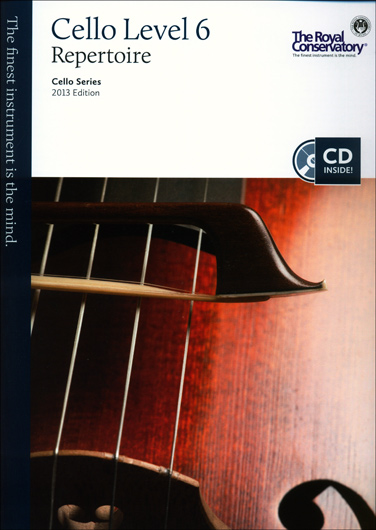

Xenakis’s writing challenges the cellist to develop the ‘extended’ practice that encompasses the elements of pure physicality, intellect and imagination, towards the level where they converge into an integrated domain of the philosophy of cello technique. Developing Xenakian cello methods refine the visceral connection to the instrument by experimenting and expanding the traditional technical and practice procedures. It is my belief that the process of mastering the radical system of physical responses in Nomos alpha must be supported by the instrumental foundation that has been ingrained, at the earlier stages of instrumental learning, in the cellist’s subconscious mind and muscle memory. Yet, the conventional technical methods are part of the Xenakian cello’s history, as they continue being rediscovered and renewed. The cellist is required to step beyond the learned instrumental habits and techniques, venturing on a journey of developing her/his personal perspective on the singular playing mode. He creates the sonorities and percussive timbre, for example, by the battuto bowing, sul ponticello and pizzicati, extending and combining these techniques in a distinctly new way. eschewing non-instrumental means for sound production employed by some of the composers of his time. Except for the innovative scordatura method, Xenakis employs the cello in a conventional manner, i.e. With Nomos alpha he ‘invented’ a ‘new’ instrument, ‘reconceptualised from the ground up’, which, however, contains the ‘memory’ of the traditional cello in its physical shape and attributes with traces of identifiable cello sound and the player’s gestures. Xenakis had a fresh perspective on the instruments – their sonorities and potential for colours and textures. For the performer, the discovery and the process of mastering the work marks the beginning of a re-evaluation not only of the particular cello techniques involved in the piece, but, in many ways, the fundamental questions of interpretation and performance. Nomos alpha by Xenakis is one of the most significant late twentieth-century compositions that embody this predication.
#Cello repertoire and technique pro#
73) with contemporary studies compiled and edited by Siegfried Palm, Pro musica nova: Studien zum Spielen neuer Musik: für Violoncello and the set of Ten Preludes by Sofia Gubaidulina, the article explores the interactions, interrelationships and interdependencies that exist in the superficially different approaches to cello technique. By juxtaposing the orthodox cello method by David Popper (Hohe Schule des Violoncello-Spiels Op. I argue that the extended and ‘extreme’ techniques employed by Xenakis to convey the sound architecture of Nomos alpha must be viewed as a part of a global perspective on the traditions of cello playing.

Focusing on Nomos alpha by Iannis Xenakis – one of the most complex works for solo cello of the twentieth century – the article investigates the dynamics of these interactions and how the traditions established in the course of the nineteenth and twentieth centuries might support the expanding domain of new techniques and approaches to the cello. Within the broad area of ‘technique’, I believe that traditional and contemporary technical styles can evolve through a fluid process of interactions – a ‘dialogue’ that is enlivened by tensions, transitional turns and mycelial exchanges. This article seeks to elucidate this notion, highlighting the inherent continuity between the development of the cello’s technical and expressive capacities.


In my performance practice and pedagogy, I approach the inter-related elements of playing the cello – technique, interpretation and performance – as a single integrated domain.


 0 kommentar(er)
0 kommentar(er)
